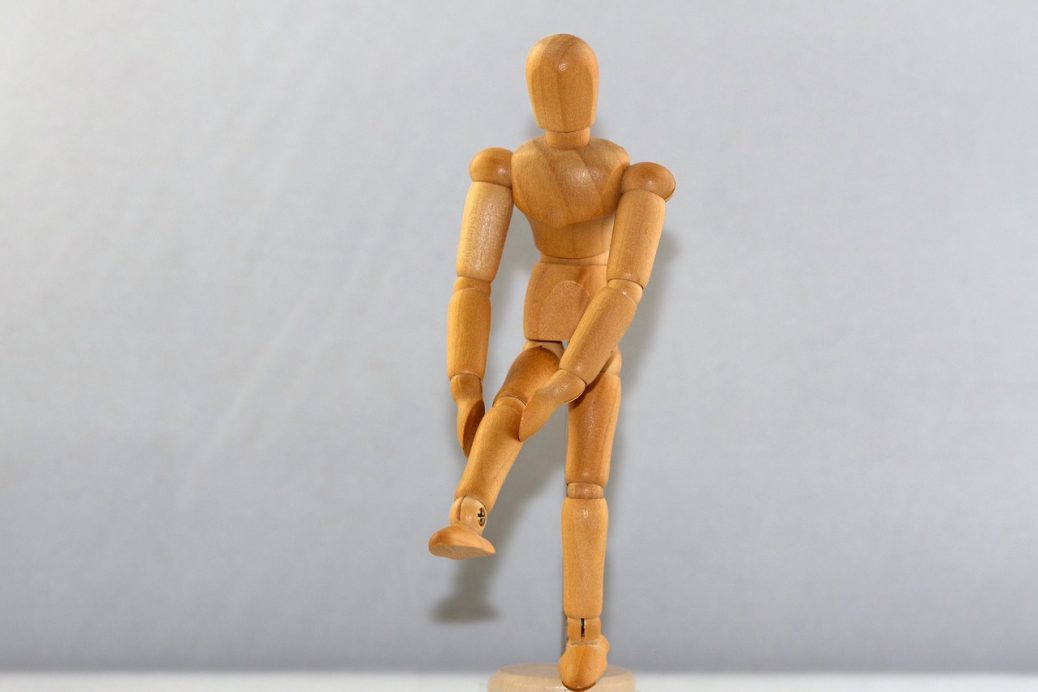I don’t like the term ‘chronic pain’.
It’s common for patients to visit us for treatment and describe an issue they’ve been experiencing for a long time — sometimes for years, or even decades. When pain sticks around for a while, people often have the term ‘chronic’ assigned to them (or sometimes they even adopt it themselves). With that label though, comes a few implications:
- Since the pain has been around for a while, it’s probably not changeable, and
- there must be a significant structural problem that’s causing it.
And, therein lies the problem — most often, those implications are simply not true. But, because it’s what people are told, by either their health care practitioner or others, it becomes the mindset they live with. So, the story goes one of two ways: Either it gets mentioned as an aside while they come to us for another reason, or it’s something that has been treated by countless other professionals, and hasn’t been resolved.
There are a few researchers in our field who are trying to shift the way we think about this type of pain – and in doing that, change the way we as physiotherapists deal with it. One group does a great job of explaining their work in short videos – below is one we use a lot to introduce patients to their way of thinking.
Notice that they use the term ‘persistent pain’ to classify the patient group they’re studying. While ‘persistent’ isn’t all that different from ‘chronic’, we want to get away from all those implications we talked about earlier – that’s the first step to recognizing that there’s a better way to treat it.
As an aside, an interesting study done in Europe in 2012 showed a significant decrease in pain in subjects who were wearing – wait for it – wool underwear. Now wool as a painkiller hasn’t been studied widely, and skeptics could always argue about the methods used in the study, but the point is this: Something led to a significant number of people reporting an improvement in their pain – and whether it was the wool or simply the placebo effect, it worked. We know that there is more at play than just ‘structural damage’ to the body’s tissues.
Persistent pain is obviously a very complicated topic, which we can only begin to address it in one blog post. But, the first step is to understand the basics. It is possible to tame the beast. You just have to know how to think about it.
Reference:
- Kiyak: Wool Use in Non-Specific Low Back Pain, Coll. Antropol. 36 (2012) 2: 623–626


